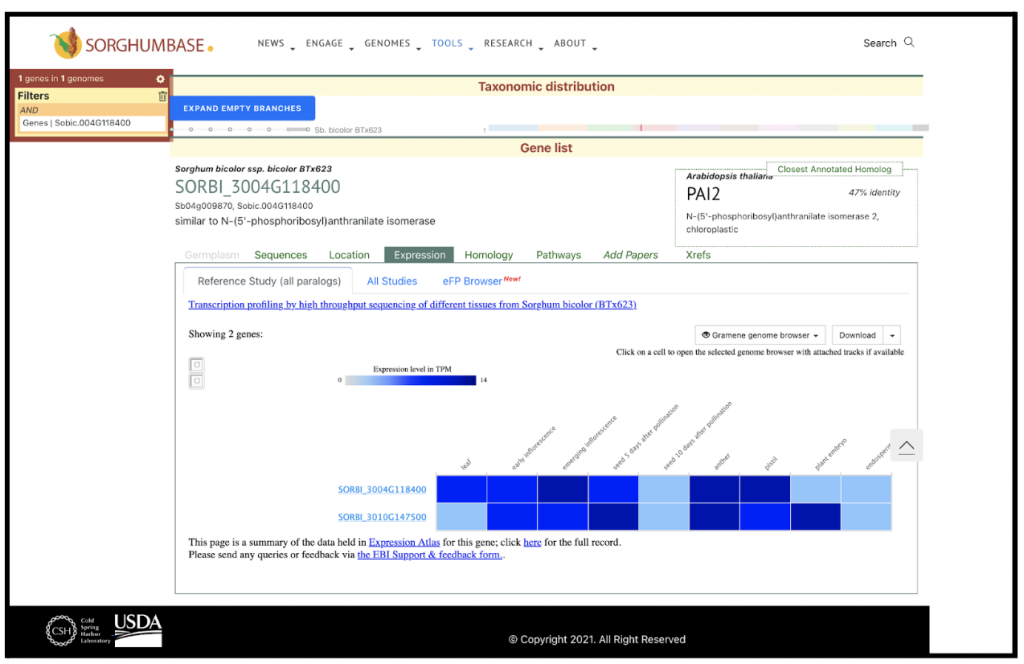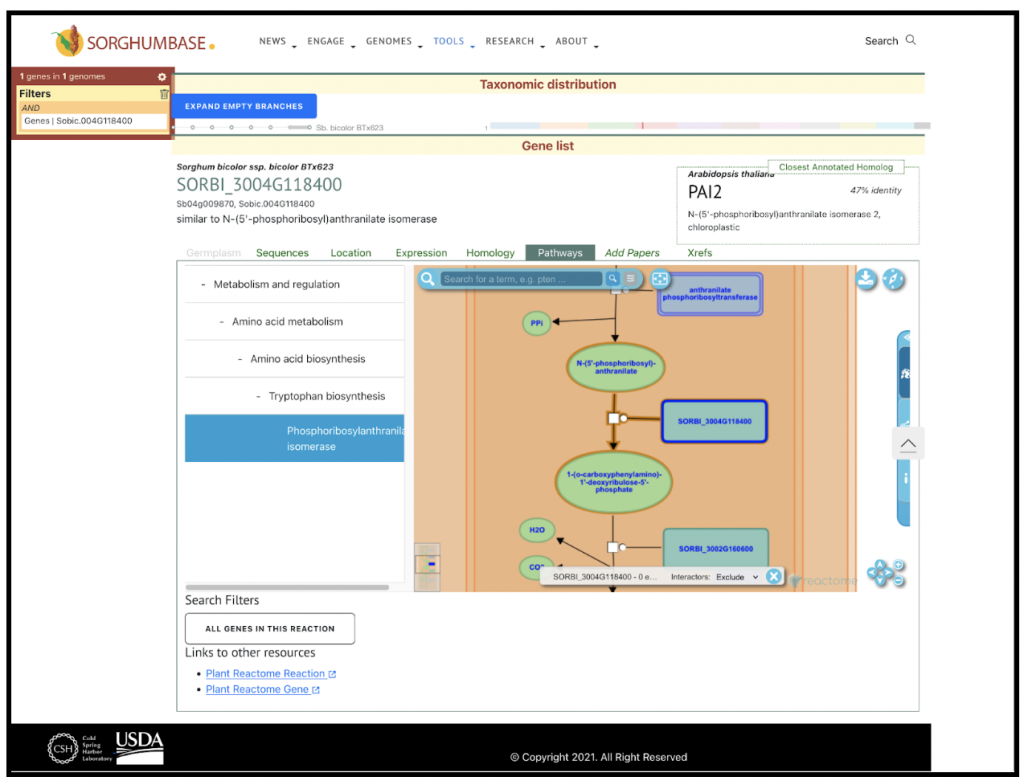Regulation of Sorghum Root Growth and Low Nitrogen Tolerance by L-Tryptophan
Scientists from Henyang Agricultural University and Jilin Academy of Agricultural Sciences explored the impact of L-tryptophan (Trp) on sorghum root growth and low nitrogen (N) tolerance, using two distinct sorghum genotypes. The study revealed that the low-N-tolerance 398B genotype exhibited longer roots, greater root dry weights and higher Trp content compared to the low-N-sensitive CS3541 genotype under low-N conditions. Transcriptome analysis unveiled significant differences in gene expression profiles related to Trp pathway and carbon (C) and N metabolism pathways between the two genotypes. Trp may act as a coordinator of root growth and stress tolerance by balancing IAA synthesis and C and N metabolism homeostasis. The interplay between Trp, IAA biosynthesis, and C and N metabolism in response to low-N stress was elucidated, shedding light on the intricate regulatory network that underlies sorghum’s adaptive responses to low-N stress. The results suggested that Trp has the potential to promote crop resilience to N deficiency and improve plant tolerance and yield in the field. Further experiments demonstrated that Trp-treated plants developed longer roots and had elevated levels of Trp and indole-3-acetic acid (IAA) under low-N conditions, indicating a pivotal role of Trp in root growth and low-N stress responses by balancing IAA levels and C and N metabolism. The study highlighted the potential of Trp in promoting crop resilience to N deficiency and deepened the understanding of how plants maintain growth plasticity during environmental stress.
SorghumBase examples:
The gene IDs mentioned in the study include https://sorghumbase.org/genes?idList=SORBI_3002G117900,SORBI_3004G166700,SORBI_3006G160700,SORBI_3010G072300,SORBI_3010G276700,SORBI_3004G357600,SORBI_3001G378300,SORBI_3001G344500,SORBI_3001G146400,SORBI_3001G146500,SORBI_3004G236300,SORBI_3001G427700. These gene IDs are associated with various metabolic pathways, including starch and sucrose metabolism, IAA biosynthesis, IAA signal transduction pathway, and Trp biosynthesis pathway, among others.
An example for Trp1 (SORBI_3004G118400) gene Trp biosynthesis pathway was analyzed in both sorghum inbred lines. The gene SORBI_3004G118400 is a key focus in the study, particularly in the context of tryptophan biosynthesis and its response to low-nitrogen (N) stress in sorghum plants. This gene is involved in the biosynthesis of tryptophan, an essential amino acid, and plays a crucial role in the plant’s response to environmental stress. Specifically, the study reports that SORBI_3004G118400 was significantly upregulated in the low-N-tolerance 398B genotype compared to the low-N-sensitive CS3541 genotype after five days of low-N treatment. This upregulation suggests that this gene may be involved in the adaptive responses of sorghum plants to low-N stress, potentially contributing to enhanced low-N tolerance and root growth. The gene’s expression pattern and its role in tryptophan biosynthesis were confirmed through RT-qPCR, which showed a high correlation coefficient (R2 = 0.93) between the RNA-seq data and the experimental results. The transcriptome analysis in the study utilized both leaves and roots from the sorghum inbred lines (398B and CS3541) under normal and low-nitrogen (N) conditions for one and five days.


Reference:
Liu C, Gu W, Liu C, Shi X, Li B, Chen B, Zhou Y. Tryptophan regulates sorghum root growth and enhances low nitrogen tolerance. Plant Physiol Biochem. 2024 May 16;212:108737. PMID: 38763003. doi: 10.1016/j.plaphy.2024.108737. Read more

